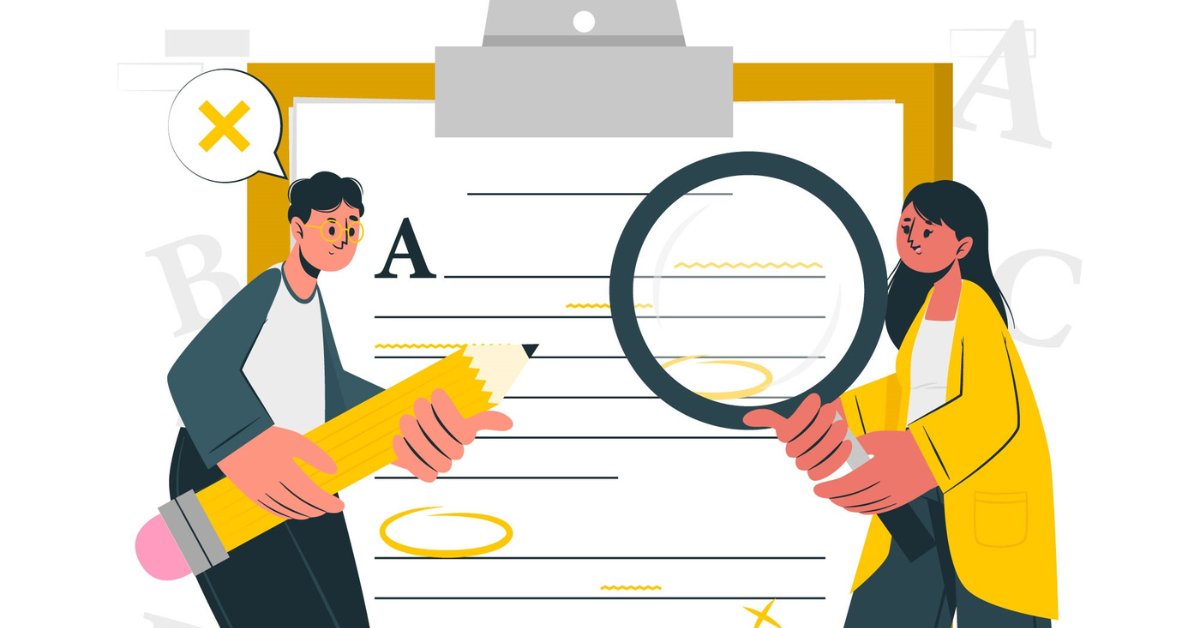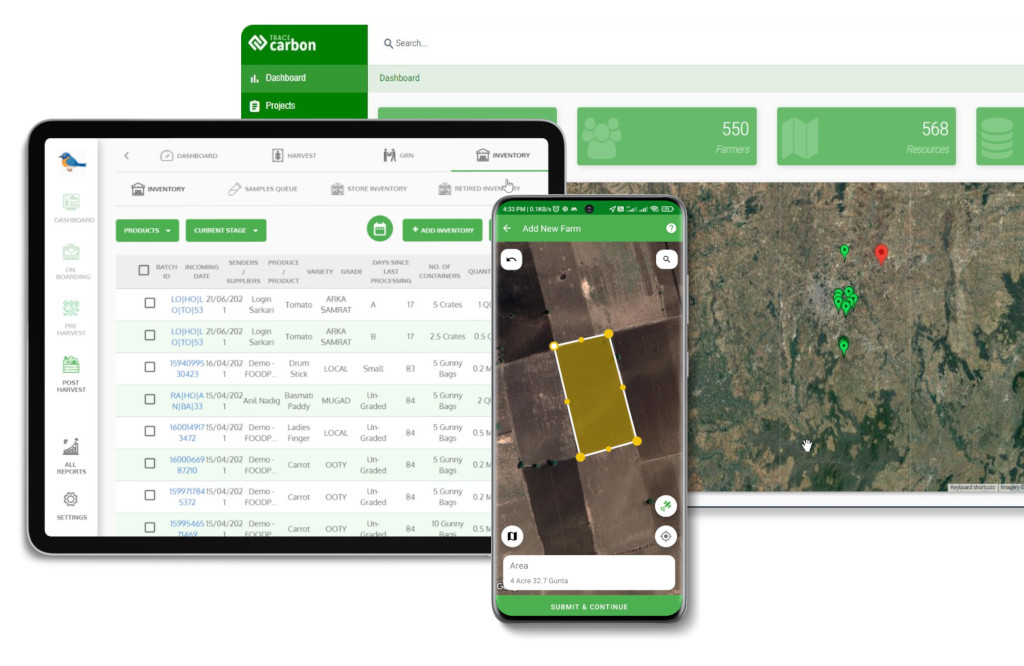Contact: +91 99725 24322 |
Menu
Menu
Quick summary: Wondering if one DDS works for multiple buyers under EUDR? Learn when you can reuse a Due Diligence Statement, when you can’t, and how to streamline compliance without risking rejection.

The clock is ticking on EUDR enforcement, and one of the biggest questions keeping exporters and importers up at night is this: “Can I use one Due Diligence Statement (DDS) for multiple buyers and suppliers?” As simple as it sounds, the answer isn’t always straightforward. For businesses dealing with fragmented sourcing networks or shared shipments across EU clients, the challenge of generating and managing DDS files has become more complex than ever. Add in varying shipment dates, destinations, and supplier risk profiles — and it’s easy to see why so many supply chain teams are feeling the pressure.
In this guide, we’ll break down the rules, edge cases, and common compliance traps when it comes to DDS for multiple buyers and suppliers. Whether you’re shipping cocoa from Ivory Coast to three clients in Germany, or sourcing coffee from hundreds of smallholders in Colombia, this is your go-to framework to stay audit-ready and risk-free.
Key Takeaways
A Due Diligence Statement (DDS) under the EUDR isn’t just a document—it’s your ticket to the European market.
In the simplest terms, a DDS is proof. It’s a formal declaration submitted to EU authorities saying, “We’ve checked this product—it wasn’t grown on deforested land, it was legally produced, and we’ve assessed any risks.” Think of it as a passport for your product to cross European borders.
But here’s where it gets real: who files it, and what it must contain.
Who files it?
To be valid, a due diligence must include:
These aren’t optional checkboxes. They’re mandatory under EUDR, and mistakes can lead to blocked shipments, fines, or worse—reputational damage.
If you’re asking, “What exactly is a due diligence statement in EUDR?” or “How do I go about DDS filing for the EU?” — you’re not alone. Many companies are still unclear about:
If you’re exporting to Europe and wondering, “Can I file just one DDS (Due Diligence Statement) for multiple buyers?” — you’re asking the right question. And also one of the most misunderstood ones in the EUDR world.
A DDS is tied to a shipment, not just the product. So yes, you can use one DDS if you’re sending one shipment to multiple buyers—but only if they’re part of a single consignment.
For example:
In this case? One DDS can do the job.
Now, here’s where it gets risky.
Imagine this:
You ship the same 20 tons of coffee, but this time they’re split into three different shipments, headed to:
Even though it’s the same batch, now it involves different ports, separate import events, and potentially varying risk levels (based on geography or buyer requirements). If one buyer’s shipment is flagged for issues—say, missing land legality proof—the entire DDS can be questioned.
Your clean batches get caught up in someone else’s non-compliance.
If your buyers are tightly coordinated in one shipment and risk profile — one DDS can work. But if they’re fragmented across destinations, dates, or documents, you’re better off filing separately. Because under EUDR, traceability isn’t just about what you know — it’s about what you can prove.

Let’s say your coffee or cocoa batch comes from five different farm plots across three cooperatives. The big question:
Can you file one Due Diligence Statement (DDS) for that batch?
Short answer? Yes — but only if you meet three key conditions.
The European Union doesn’t restrict the number of farms per DDS, but it does expect bulletproof traceability. That means:
Think of the DDS as your compliance résumé. The more suppliers you include, the stronger your documentation game has to be.
But here’s where it often goes sideways:
Now what happens?
Your entire DDS is vulnerable.
Even if 80% of the batch is compliant, just one unverifiable supplier can get your shipment blocked at EU customs.
We spoke to a sustainability lead at a cocoa exporter in Ivory Coast who tried to submit one DDS for 75 farm plots. But five of those didn’t have up-to-date land use history.
EU flagged the shipment.
Buyer delayed payment.
They had to re-verify everything and split the DDSs after the fact — doubling their workload.
That’s why more companies are now investing in digital traceability tools that:
When it comes to EUDR compliance, the margin for error is small — and the cost of getting it wrong? Delayed shipments, blocked containers, or even losing EU buyers. Let’s talk about some avoidable traps we’ve seen companies fall into when handling their Due Diligence Statements (DDS).
“Can’t I just send the same DDS to all my EU clients?”
Sounds efficient, right? But unless those buyers are part of the exact same shipment — with the same origin, batch, risk assessment, and port details — you’re playing with fire.
Why it’s risky: If one buyer’s shipment is flagged or questioned, the entire DDS comes under scrutiny. Even compliant batches can get caught in the crossfire.
Many operators try to simplify their workload by creating one DDS per product type and reusing it for weeks. But EUDR is shipment-based, not commodity-based.
What goes wrong: A single container split over two delivery dates or ports — even if it’s the same product — should technically have two DDSs. Otherwise, you risk invalid documentation and audit headaches.
Not all suppliers are created equal. Some plots may lie closer to deforestation zones, some lack proper declarations, and others are still onboarding.
Don’t lump them all into one DDS.
It’s like applying sunscreen to one arm and saying you’re fully protected.
What smart exporters do: Run risk scoring on each supplier, segment high-risk sources, and only include verified farms in low-risk DDSs.
Manual document storage seems manageable — until you’re dealing with:
And suddenly your compliance officer is buried in tabs, versions, and “final_v3_lastone_revised” files.
The fix: A digital vault with permission-based access, time-stamped uploads, and DDS auto-generation saves hours (and nerves).

Managing DDS manually feels like playing compliance. Every new shipment. Every buyer. A new stack of paperwork. It’s slow, error-prone, and hard to scale—especially when you’re dealing with smallholders, multiple origin plots, and a dozen different EU customers.
That’s exactly where a digital compliance platform steps in and makes your life infinitely easier.
You finalize a shipment → your platform already knows the source plots, has the declarations logged, and hits “Generate DDS” for that shipment. Done. No duplicate data entry. No last-minute scrambling.
This is what platforms like TraceX are built for—turning traceability into a click, not a weeklong spreadsheet marathon.
Instead of chasing down multiple docs for different buyers, farm batches, and delivery points, a digital platform links all traceability records to exact plot-level GPS coordinates. It pulls in polygon boundaries, land-use history, risk overlays—all in one chain.
Now, every DDS comes with proof, not just paperwork.
Discover how farm mapping in Nigeria made deforestation-free cocoa sourcing not just possible—but scalable. See how you can do the same with TraceX.
Read the case study
Need to send different DDS versions to different clients in the EU? With a built-in document vault, you can organize DDS files, declarations, and risk assessments by buyer, shipment, or product. Think of it like Dropbox but built for compliance that passes audits.
No more digging through folders or resending 20 attachments.
Why stop at generating a DDS when you can submit it directly to the EU registry? Top traceability platforms integrate seamlessly with EUDR submission systems—so you never miss a deadline, and your data lands exactly where it needs to.
It’s not just about filing faster—it’s about filing with confidence.
Think of TraceX not just as a tool — but as your compliance co-pilot. Here’s how the platform turns EUDR’s complex due diligence demands into a smooth, scalable workflow.
With TraceX, once your farmer plots, procurement records, and batch data are in the system, generating a Due Diligence Statement (DDS) is no longer a manual task. The platform automatically:
Whether you’re sourcing coffee from Colombia, cocoa from Ivory Coast, or rubber from Southeast Asia — TraceX captures plot-level GPS, polygon boundaries, and historical land-use data. Every DDS is automatically tied to verified, deforestation-free farms.
This ensures your documentation isn’t just a form — it’s proof.
If you’re serving multiple EU buyers, TraceX lets you store and access documents by:
No more hunting for the “right” DDS version. You’ve got a centralized, searchable compliance library — audit-ready, 24/7.
Once your DDS is ready, TraceX integrates directly with the EU’s Information System for EUDR submissions — no need to re-upload, reformat, or worry about file compliance.
Just export. Submit. Move on with confidence.
When it comes to EUDR compliance, there’s no one-size-fits-all answer to the “one DDS or many?” question. The key is understanding how your shipments are structured — not just who you’re selling to. If multiple buyers are covered under a single shipment, a unified DDS might suffice. But if destinations, delivery timelines, or risk profiles differ, individual DDS filings are the safer bet. With a smart digital platform like TraceX, you don’t have to choose between compliance and efficiency — you get both. Make your shipment strategy work for you, not against you.
Only if they’re part of the same shipment and the compliance criteria are uniform.
Not always. DDS is tied to the shipment, not the customer.
Use a digital traceability platform that maps batches to shipments and generates audit-ready DDS records.
